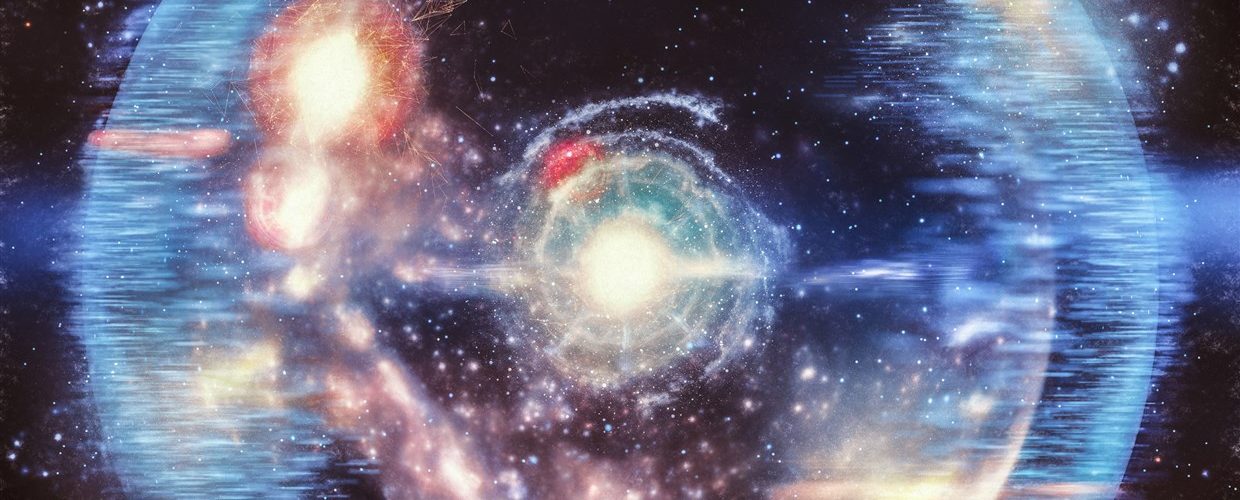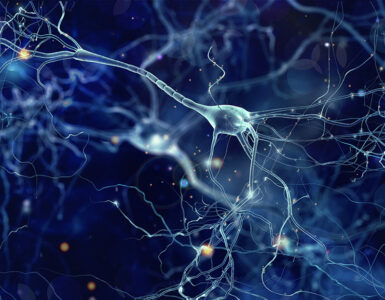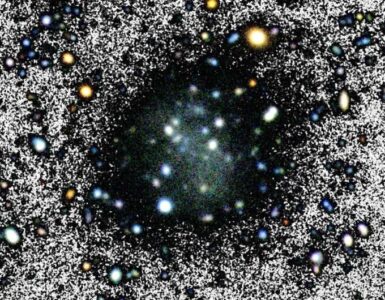By Laurenzo Overee
Compound interest
From the beginning of our species’ memory, humans have wondered, speculated, and hypothesized the ultimate questions on Life, the Universe, and Everything:
Where did we come from? What is our origin? When did life on Earth begin? Why was life created? Who created life? Is there a purpose to Life in the Universe? Could there be facts and truths yet to be discovered in cultural creation myths? What separates these stories from the reality of our origins?
The Five Ws above have given humanity boundless stories and myths; however, most fail to address another important (perhaps more ultimate) question: how did life and everything originate in the Universe?
Initial investments
While the answer is most likely not forty-two, a myriad of other theories and philosophies of cosmogony–the branch of science studying the theories on the Universe’s origins–emerged throughout the centuries:
- Fifth century B.C.E. Greek scholar and scientist, Anaxagoras, postulated that the cosmos was formed from the nous, or Mind: first by a continual revolving and mixing process; and, second, by the development of living things.
- The Big Bang theory explains the Universe began as a small singularity, expanding over billions of years.
- Creation myths throughout millenia, such as Enûma Eliš and the Raëlian Movement, tried to explain the origins of life on Earth.
- Various religious texts, tribal histories, and cultural stories around the world spawned tales of life arriving, falling, or beginning in the solar system through “intelligent design”.
If the stories, hypotheses, and speculation are stripped away to reveal just the facts and concrete evidence, what does the science say, then, on the origin of life? Recent discoveries may provide insight.
Direct deposit
In 2018, specimens of the earliest Earth-based, DNA-pieced life was reported in Australia while microbial fossils found in Greenland suggest that ancient life once thrived within its frozen lands. Are these the first seeds of life sown? Is it possible life began through abiogenesis, the belief that life was the product of non-living matter through specific chemical reactions? This begs another question: where did these inanimate compounds come from?
Using Anaxagoras’s idea that complex codes of life came from the cosmos, some scientists claim icy meteors crashed upon the surface of Earth, carrying the RNA and DNA necessary in the formation of life. Is it possible life traveled on meteorites, comets, and asteroids until they crashed into planets suitable to sustain life?
The process, called panspermia, suggests that Earth received the contents and components of life from unknown parts of outer space. There are two forms of panspermia: interstellar and interplanetary. In the former, life is transported between galaxies; in the latter, life transitions between planets within the same solar system.
Interstellar panspermia has received newfound interest through the discovery of Oumuamua, an extrasolar object of enigmatic origins. This led experts from Harvard to infer that life could foment over the course of light-years while traveling through cosmic space, eventually jettisoning protozoic contents unto a life-sustaining planet like Earth.
Frozen assets
In December 2018, a NASA team at the Ames Astrophysics and Astrochemistry Lab conducted an experiment to mimic the conditions in space around the frigid zones of a star where meteorites exist. Led by Dr. Michael Nuevo, the team created mixtures of ice containing water and methanol and blasted them with UV radiation. The laboratory setting provided a spectacular find: the setup of controlled interstellar conditions reaped 2-deoxyribose sugars, a crucial ingredient of RNA, through its result.
This latest experiment is a follow-up study to the 2001 investigations set forth by George Cooper of NASA’s Ames Research Center. Cooper’s team discovered important sugars, known as polyols, in rare carbonaceous meteorite samples from Kentucky. The discovery showed that Earth was hit by a wave of meteorites, many carrying precious amino acids, during its formative years.
Even though Nuevo’s team was successful, a conundrum existed: while deoxy sugars were found in past meteorite samples, deoxyribose was absent. This meant the rocky surfaces of planets may be rejecting deoxyribose, although they were present in the icy swirls that typically exist before stars come into being.
Inflation
Some experts, like senior NASA research scientist Rocco Mancinelli, disagree with the panspermia theory. He posits that organisms would not survive intergalactic voyages. Mancinelli claims that life transported on any asteroid or comet “would be destroyed by cosmic radiation.” He also argues that “the radiation given off by the mineral in the rock itself would destroy it.”
Other experts believe that life did not originate from the deep recesses of space but, rather, occurred simultaneously throughout the Universe shortly after the Big Bang. According to the inflation theory, objects were originally held together and flung apart upon the exponential expansion of the Universe.
Imagine a deflated balloon with microscopic writing on it. As the balloon expands, the writing becomes visible. The Universe, prior to inflation, was microscopic, everything condensed and nearly homogeneous. However, quantum physics introduced uncertainty in the initial conditions of the deflated Universe at various spatial points. It is believed that quantum fluctuations, prior to inflation, then became the seeds for structural growth once magnified to the cosmic size.
Transfer funds
Scientists continue to investigate the theories on inflation, panspermia and how life began. Did it begin from a soupy, foggy mixture of inflating gas? Or did life hail through pollen-like seeds carried through solar winds and on cosmic carriers?
New and upcoming findings from researchers will continue to shed light on the topic. Life’s origins could either be discovered from exploration of neighboring planets and outer space objects or from uncovering the secrets buried below the Earth’s surface.
The question “Where did we come from?” is now more glaring than ever before. Is life unique to Earth? Or is it common in the Universe? There may be much to learn about life from beyond the blue planet instead of within.










Add comment